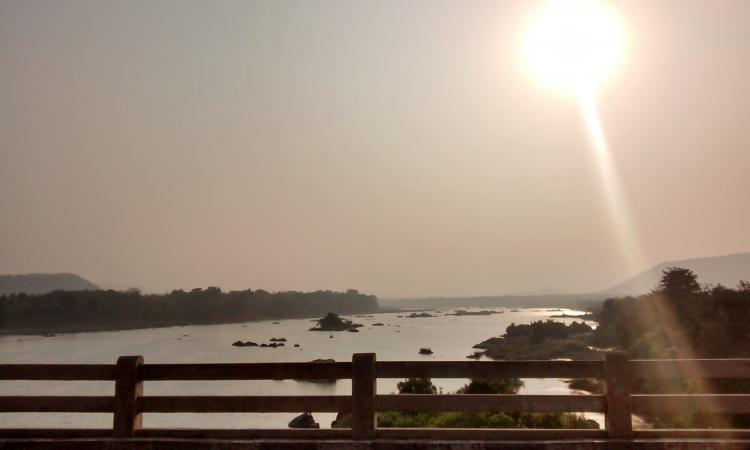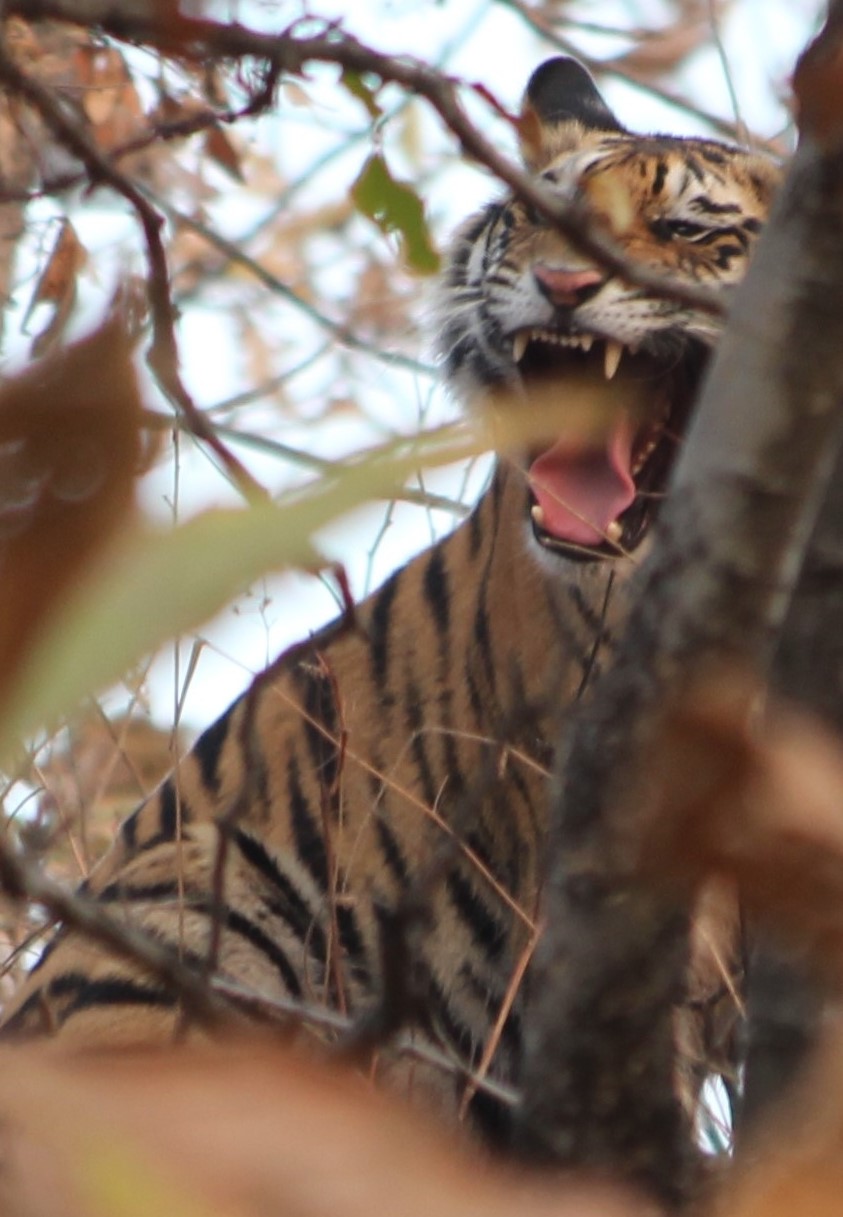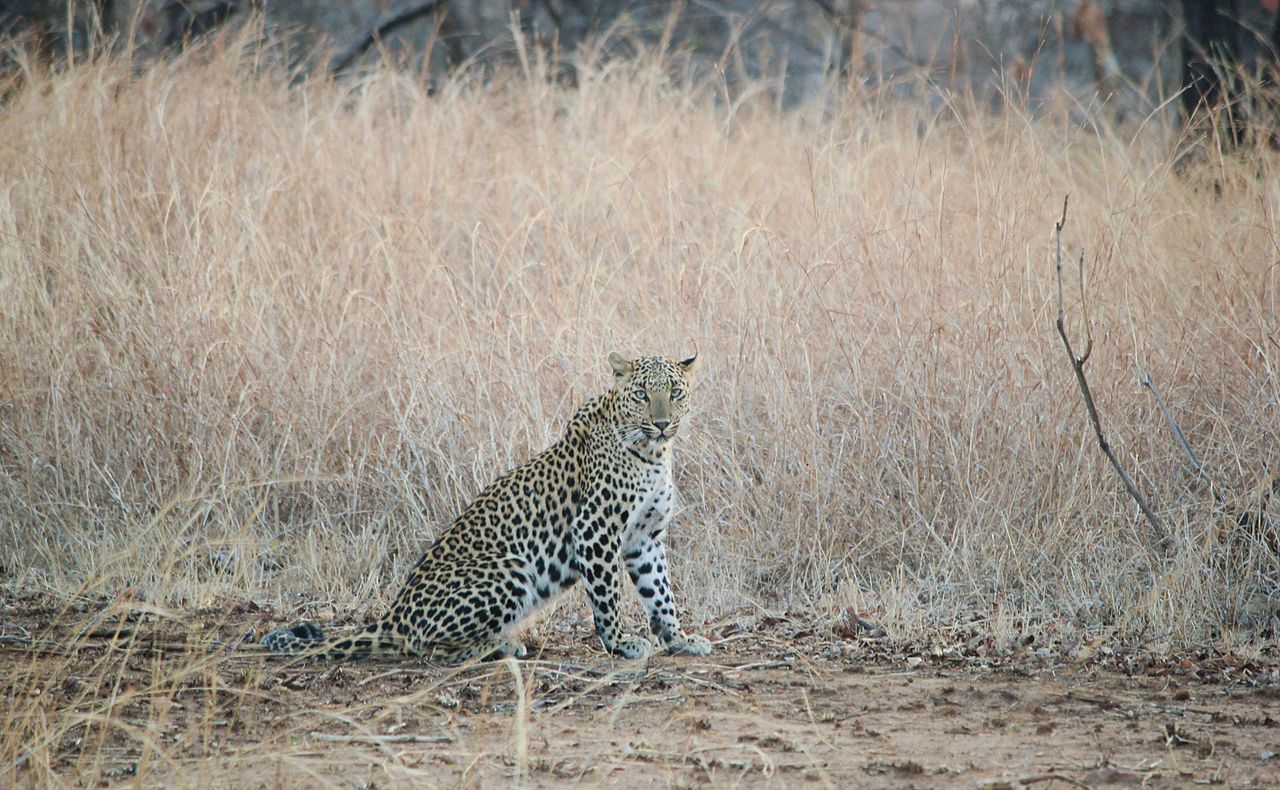
Set in India-ka-dil, Madhya Pradesh, is the unending expanse of Panna. A national park, declared tiger reserve in 1994 under Project Tiger--the government of India’s tiger conservation programme--the place gets a lot of wildlife buffs. The fragmented forest landscape of Panna supports other wildlife species too, especially deers like sambar, nilgai and chital apart from the verdant teak and kardhai forests. The deers nibble on the short grass which abounds the area. This is perhaps the only big chunk of wildlife habitat present in the northern part of Madhya Pradesh.
Awarded the best maintained national park of India by the Ministry of Tourism in 2007, Panna lost its entire tiger population by 2009, thanks to the forest department that colluded with the poachers. A committee was formed to look into the disappearance of tigers. Tigers were translocated from other reserves and their numbers are picking up, having reached 35 now.
All this is set to change soon with the latest central government decision.

River interlinking and its fallout
A large part of Panna is going to be diverted for the Ken-Betwa interlinking project, the first of the 30 interlinking projects planned by the government in 2004. As per the National Water Development Agency (NWDA), the technical agency that planned the project, Ken-Betwa link is purported to irrigate nearly seven lakh hectares in drought-prone Bundelkhand.
The key structures of the project include a 77-metre-high Daudhan dam across the Ken river and a 231.45-km canal to transfer “surplus” water from the Uttar Pradesh section of the Ken to the Betwa in Madhya Pradesh. The project, though mooted in the 1980s, was brought to life in the late 2000s. This was followed by the project being challenged in the Supreme Court which gave its consent only in 2013.
A task force was set up by the ministry of water resources in 2014 to get a speedy consensus among the states of Uttar Pradesh and Madhya Pradesh on the link project. NWDA claims that the project is important for the country’s water security and that the project reports have taken every possible risk into account and incorporated corrective measures. After a nod from both the states, the detailed project report and other formalities have been completed for the Ken-Betwa link. With the ministry of water resources making a strong pitch for it, the project is set to roll soon.
However, statutory clearances for Ken-Betwa project by way of environment, wildlife and forest clearances were hard to get, given the social and environmental concerns. The project poses an array of challenges. Should the Ken-Betwa project get executed, it will spell disaster for the area’s wildlife and cause irreparable loss to the ecology. A total of 4141 hectares of the tiger reserve is expected to be submerged. This includes 10 percent of the core area, or the vital tiger habitat. And, with it we will lose the innocuous beauties of this landscape like its broad steady streams and the grunting wildlife it supports. The tiger habitat, vulture nests and the gharial--the iconic fish-eating crocodilian--all of which are perilously in danger of extinction in the region will be endangered by the height of the dam, experts say.
National Board on Wildlife (NBWL) has requested a conservation organisation, the Bombay natural history society to help in settling the vultures because 50 percent of its habitat is likely to be destroyed if the project gets implemented. A considerable part of the catchment area of Ken river will be lost. And with that, we lose the spectacular bounties on display on this broad strip of land. "Why have the people of the tribal-dominated area where the proposed Daudhan dam is being constructed been not consulted?" asks ecological scientist Brij Gopal.
The damage to trees will be colossal with seven lakh trees expected to be submerged in water. This will lead to an irreversible loss of breeding sites for wild animals and loss to the vegetation diversity.
Is linking of rivers necessary?
 Some experts believe this interlinking does not serve its proposed purpose because it is likely to cater to areas which have already reached their irrigation potential. Wildlife biologist based in Panna, Raghu Chundawat was quoted as saying that the “irrigation benefits are specific to only Vidisha district and not to Chhatarpur and Tikamgarh districts as claimed. These regions already have 80 percent irrigation potential.”
Some experts believe this interlinking does not serve its proposed purpose because it is likely to cater to areas which have already reached their irrigation potential. Wildlife biologist based in Panna, Raghu Chundawat was quoted as saying that the “irrigation benefits are specific to only Vidisha district and not to Chhatarpur and Tikamgarh districts as claimed. These regions already have 80 percent irrigation potential.”
India Water Portal had earlier reported how, in an open debate on the issue by water policy expert Ramaswamy Iyer, Himanshu Thakkar, coordinator, South Asia Network on Dams, Rivers and People (SANDRP) and Brij Gopal, apprehensions were raised about the project. Iyer expressed his distress at the move to expedite the project and stressed that the “project was fundamentally flawed and potentially disastrous”.
Based on his extensive work on the Ken-Betwa river ecosystem, Gopal questioned the hydrologic viability of the gargantuan scheme. Challenging the very concept of surplus and deficit river, he asked, "Does the Ken have surplus water to transfer to the Betwa?” He also wondered how the detailed project report and the environment impact assessment (EIA) has put forth different per capita basin water requirements for the two basins which have similar characteristics.” The project’s public hearing drew flak because of the numerous violations.
Water resources minister Uma Bharti cited the increasing cases of droughts to push for the project. “Farmers in Bundelkhand are clamouring for the project and want water. We will take care of the wildlife but livelihoods can’t be held hostage,” she was reported to have said recently. Earlier she had threatened to go on agitation against the hurdles to the wildlife clearances by the NBWL. She went to the extent of threatening regulators, media and civil society by saying that “anyone opposing the project is committing national crime”.
The project gets a go ahead
Though the 9000-crore project had received ‘in-principle’ clearance, the funds were to be cleared by the union cabinet after the multi-pronged environmental clearance by the Ministry of Environment, Forests and Climate Change is in order. And for this, a go-ahead from the NBWL’s standing committee was vital.
The project was approved with a few riders. The dam reservoir area is to be retained as core tiger reserve with minimum activities. No fishing will be allowed at the dam site and no new mining leases will be allowed on tiger-dispersal routes. A landscape-based plan for the area will be finalised. The National Tiger Conservation Authority, a body meant to protect tiger-bearing areas has recommended that areas near to Panna that bear tiger population be classified as tiger reserve to compensate for the loss.
The wildlife activists are not satisfied. Activist Ajay Dubey is expected to approach the National Green Tribunal against it. SANDRP claims that the project’s EIA was unscientific and inadequate on several grounds, the main being the absence of a section on biodiversity impact assessment.
The ministry disagrees. It was reported as saying, “The project will in fact make green the denuded forests of the Panna reserve and create fresh water reservoirs and attract herbivores which would serve as prey for tigers. Moreover, only one tiger and her cubs roam the region of the reserve that will be inundated and it will not face obstacles in its territory”.
The union water resources ministry has told the NBWL about the various measures in place to ensure that the tiger habitat is not damaged. As per a recent newspaper report, the ministry maintains that “impounded water from the Daudhan dam will increase prey for the big cats”.
The essence of a river is its ebb and flow. Taming free-flowing rivers by building massive dams poses a threat to the rivers, the ecology and the communities that live by them. Both the environmental and forest clearance of the project are due and they are likely to be pushed by the ministry of water resources without any exhaustive assessment. Turnarounds now are unlikely and Panna has little hope.